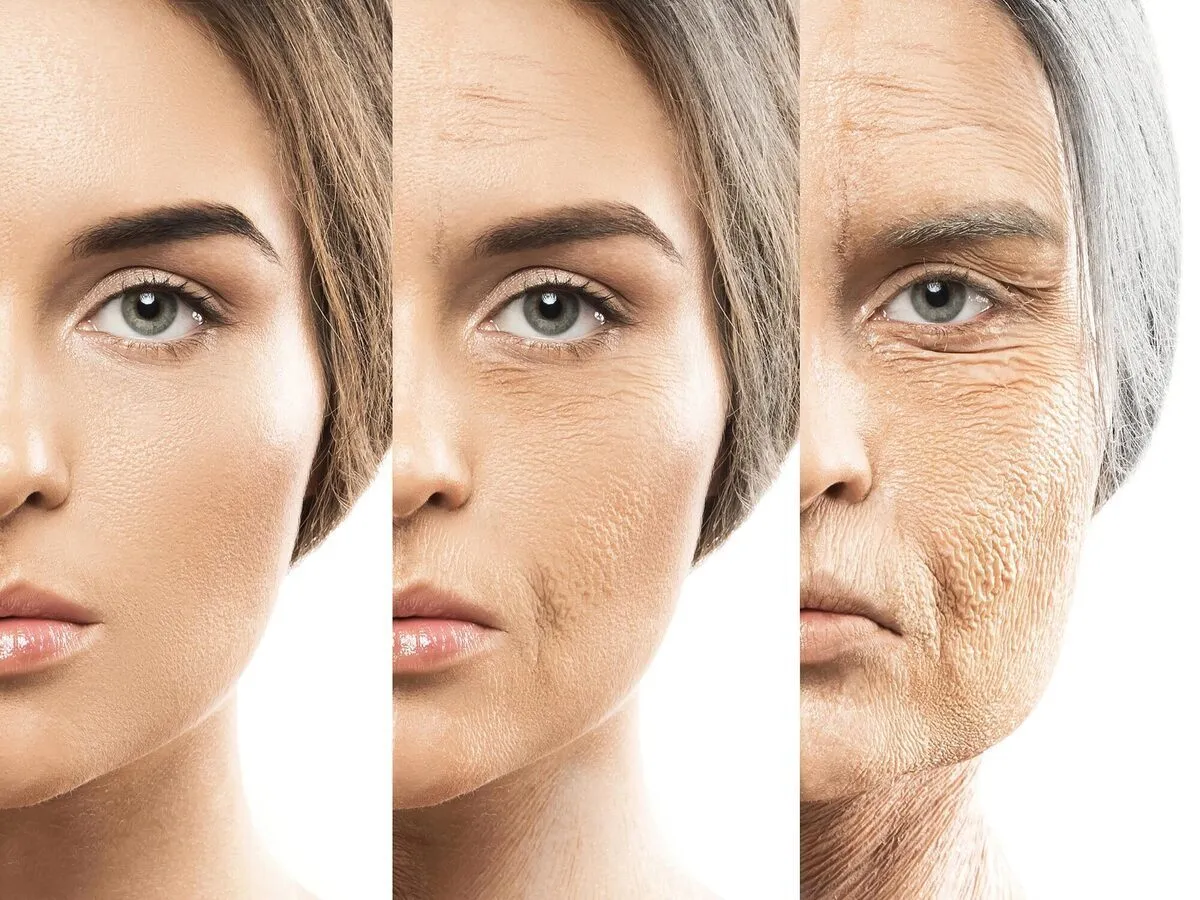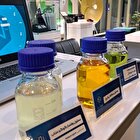Scientists Discover Anti-Aging Molecules Hiding in Your Blood

People spend a lot of time and money trying to keep their skin looking young, using everything from creams and masks to high-tech serums. But what if the secret to younger skin has been inside us all along? Scientists have just discovered anti-aging compounds produced by a type of bacteria that lives in our bloodstream. These three molecules helped reduce cell damage and inflammation in lab-grown human skin cells, the Journal of Natural Products reported.
The research points to exciting possibilities for new skin care treatments in the future.
While scientists are still uncovering how microbial by-products, known as metabolites, influence our health, one group of these compounds is already showing serious promise. Indole compounds are known for their anti-aging, anti-inflammatory, and antimicrobial effects. In 2015, researchers identified a unique bacterium in the blood called Paracoccus sanguinis, which naturally produces indole compounds.
Curious about what this microbe might be capable of, researchers Chung Sub Kim, Sullim Lee, and their team decided to take a closer look at the special metabolites it creates.
“We became interested in P. sanguinis because blood-derived microbes are a relatively uncharted area of research,” says Kim. “Given the unique environment of the bloodstream, we believed that studying individual species like P. sanguinis could reveal previously unknown metabolic functions relevant to health and disease.”
The team grew a big batch of P. sanguinis for three days and then extracted the mixture of metabolites the microbes produced. A combination of analytical methods, including spectrometry, isotope labeling, and computational analysis, enabled the team to tease out the chemical structure of 12 individual indole metabolites from this mix, including six that had never been identified.
Next, Kim, Lee, and colleagues investigated whether these indole metabolites could mitigate harmful processes that are also associated with aging in human skin. They applied liquid solutions containing each indole to wells with cultured human skin cells. Prior to the experiment, the cells were treated to induce elevated levels of reactive oxygen species, compounds responsible for inflammation and collagen damage.
Of the 12 indoles the researchers investigated, three, including two newly identified ones, lowered the amounts of harmful reactive oxygen species in the stressed human skin cells compared to untreated cells. The three metabolites also reduced the levels of two inflammatory proteins and a collagen-damaging protein.
As a result of these initial findings, the researchers say the new indole metabolites are promising candidates for future treatments to counteract skin aging.
4155/v





















